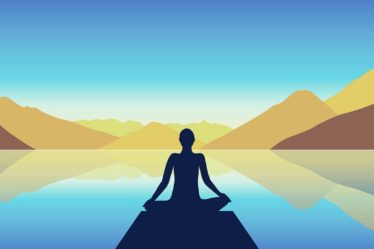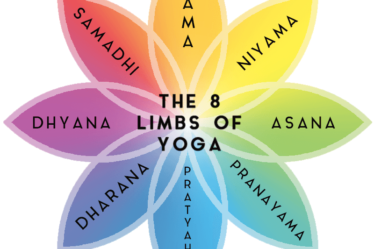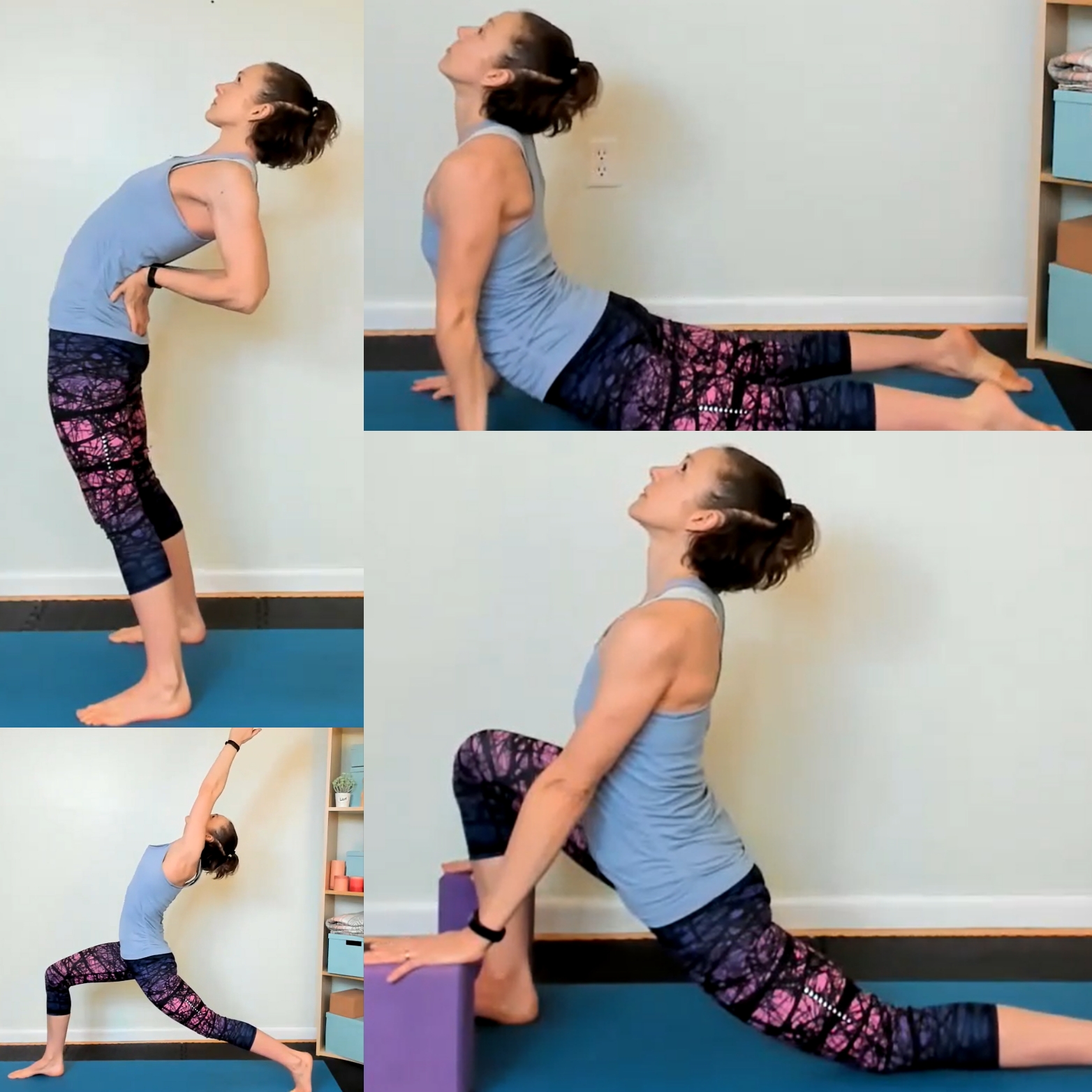
HIPS: For real, and not just yoga teacher speak.
If you missed out on Part 1 of this series where we tackled the pelvis (and why yoga teachers are lying to you), I highly recommend you go back and read that first.
For the purposes of THIS article, when I use the word hip, I am generally referring to the actual JOINT where the femur (upper leg bone) connects with the pelvis. This joint is a “ball and socket” joint, giving your leg a wider range of motion than a simple hinge joint (like your knee or elbow). When you hear the phrase “hip opener” in a yoga class we usually think of pigeon pose or maybe lizard, however that is really only focusing on one direction of movement (external rotation of the forward and bent leg). But if you check out the image below you will see that there are at least 3 ways (and countless muscles involved) to “open your hip.”
1: Hip Flexion and Extension
Hip flexors:
You might hear those words in a yoga class, but what really are “hip flexors”?
Think about your body in a neutral anatomical position. Standing on two feet, all of your joints stacked directly in line with each other. If you pick up one foot (knee bent or leg straight) you use your hip flexors to do it.
First, take a quick peek at the image below. Don’t worry too much about it–it’s really in here because I love anatomy. The point is to show that there are three main muscles responsible for allowing you to lift your leg (“flex your hip”) – the psoas (left image), the rectus femoris (right image, one of your quadricep muscles), and the sartorius (right image, crossing from knee to pelvis).
Okay, So Why Should You Care?
Well, you need those hip flexors to walk, for one…and go up a flight of stairs, and put on your shoes, etc. We need them to function in daily life.
They are also a key component in core strength. Let me say that again. THEY ARE A KEY COMPONENT IN CORE STRENGTH.
Think about boat pose – which probably gets thrown into a large majority of yoga classes – you have to have strong hip flexors to do it. Boat pose can be a challenging posture for many people, although there are MANY variations to find where YOUR work is.
You can also strengthen your hip flexors in other ways. Doing leg raises of any kind from a standing, seated, or supine position. Single leg raises, double leg raises, straight legs, bent knees, etc. You get the idea.
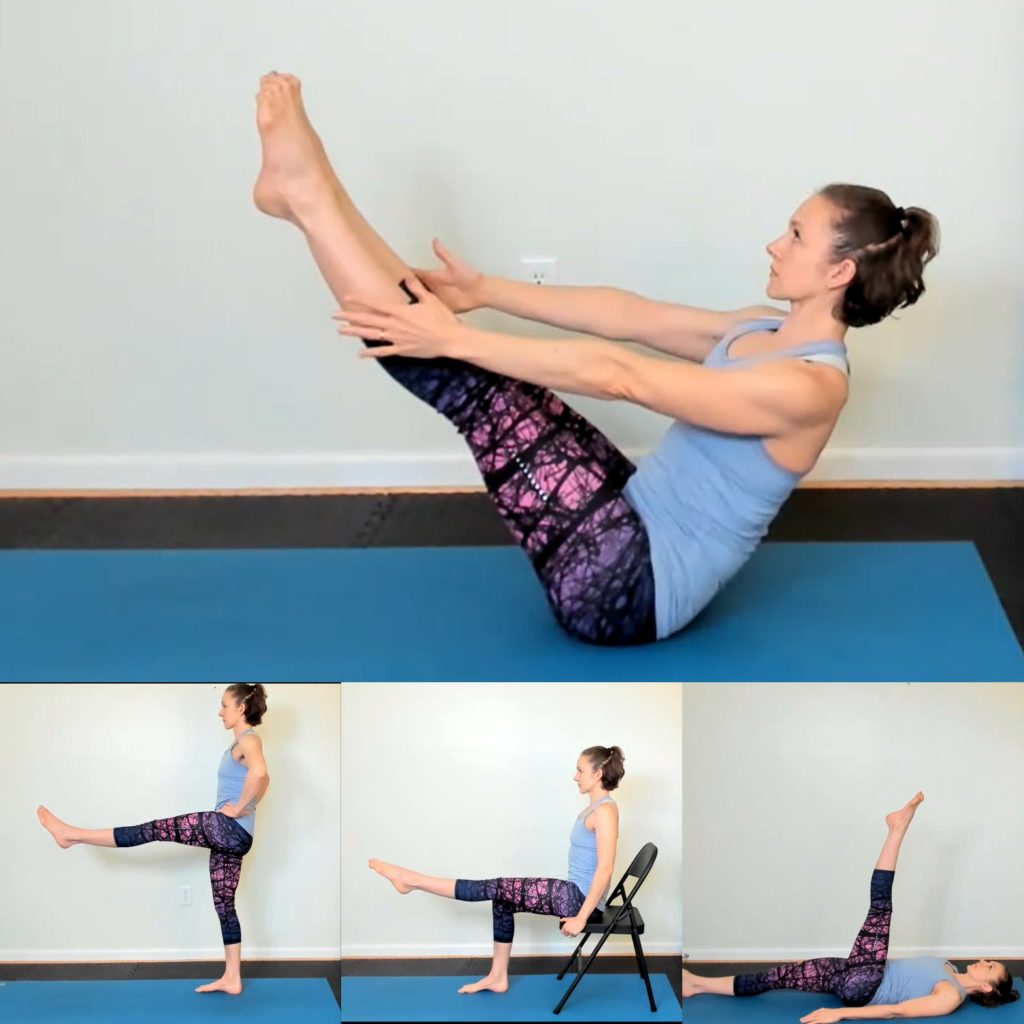
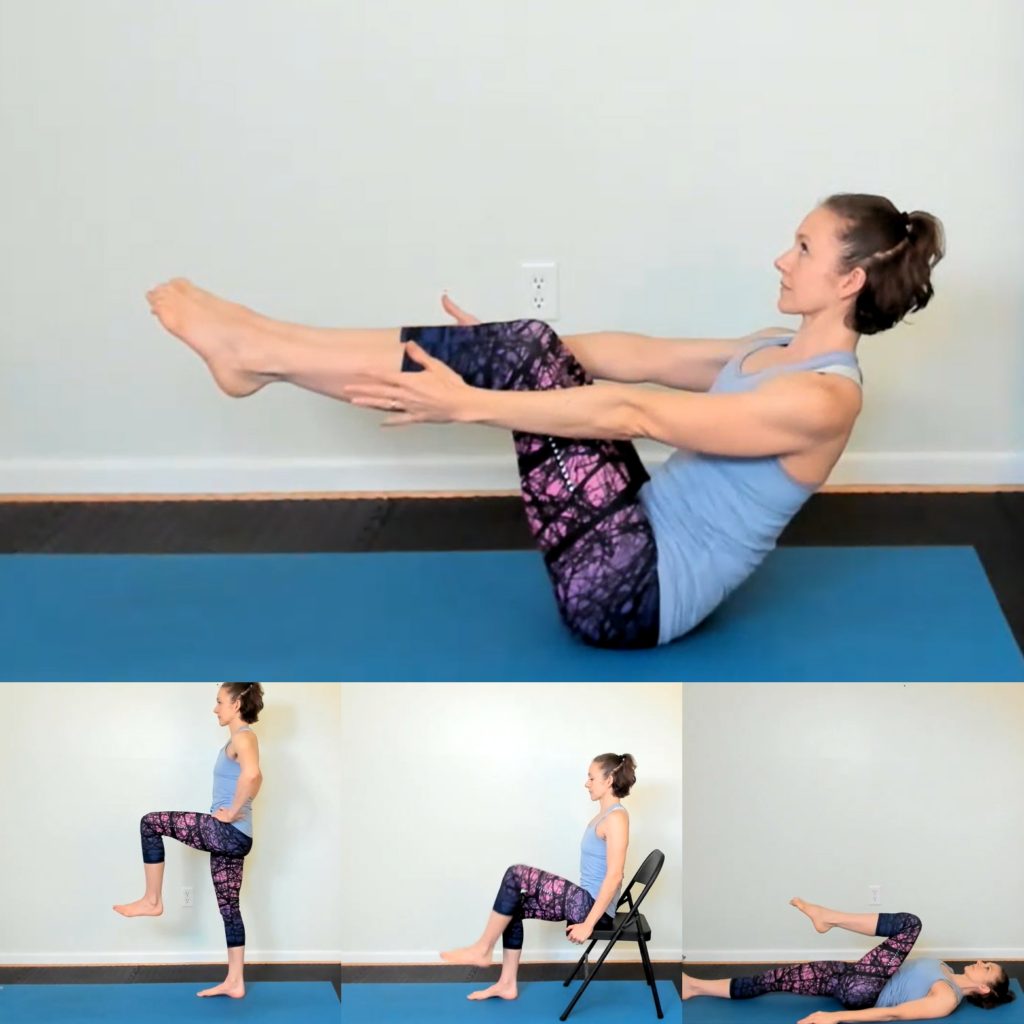
Ever been in a yoga class and tried to step from downward facing dog to a lunge? How many of you can get your foot planted between your hands in one fluid movement???
It’s okay, I’ll wait……
Yeah, it’s REALLY hard and a LOT of the work in that movement comes from a strong core and strong HIP FLEXORS. I’ll just leave you with that one as we move on to hip extension….
Hip Extension – OMG Why?
Because if we can flex our hips….we need to find extension too. Those muscles need to STRETCH.
For those of you who sit at a desk all day (with your hips flexed), what you need at the end of the day is to find HIP EXTENSION.
If you do tend to sit for all/most/part of the day, you know that after a while, your body starts to get angry with you. Your shoulders and neck get stiff from rounding over the keyboard AND your low back gets stiff and sore.
Why?
Your hips have been in flexion for as long as you’ve been sitting at the desk, and your low back is doing all the core work to keep you upright in your chair. Your low back is TIRED.
So how do we fix it?
Besides not sitting at your desk for 8 hours a day without moving?? Strengthen the posterior chain (glutes, hamstrings, etc), strengthen your core (PS- core does not equal “abs” but that is a whole other post on its own) and by stretching out the front side of your body. BY STRETCHING YOUR HIP FLEXORS!!!
In terms of yoga poses — you need to do some backbends and maybe some lunges.
You don’t have to go crazy with the backbends– keep it within a reasonable range of motion for you. There are plenty of ways to access a hip flexor stretch and the images below might give you a few ideas to try.
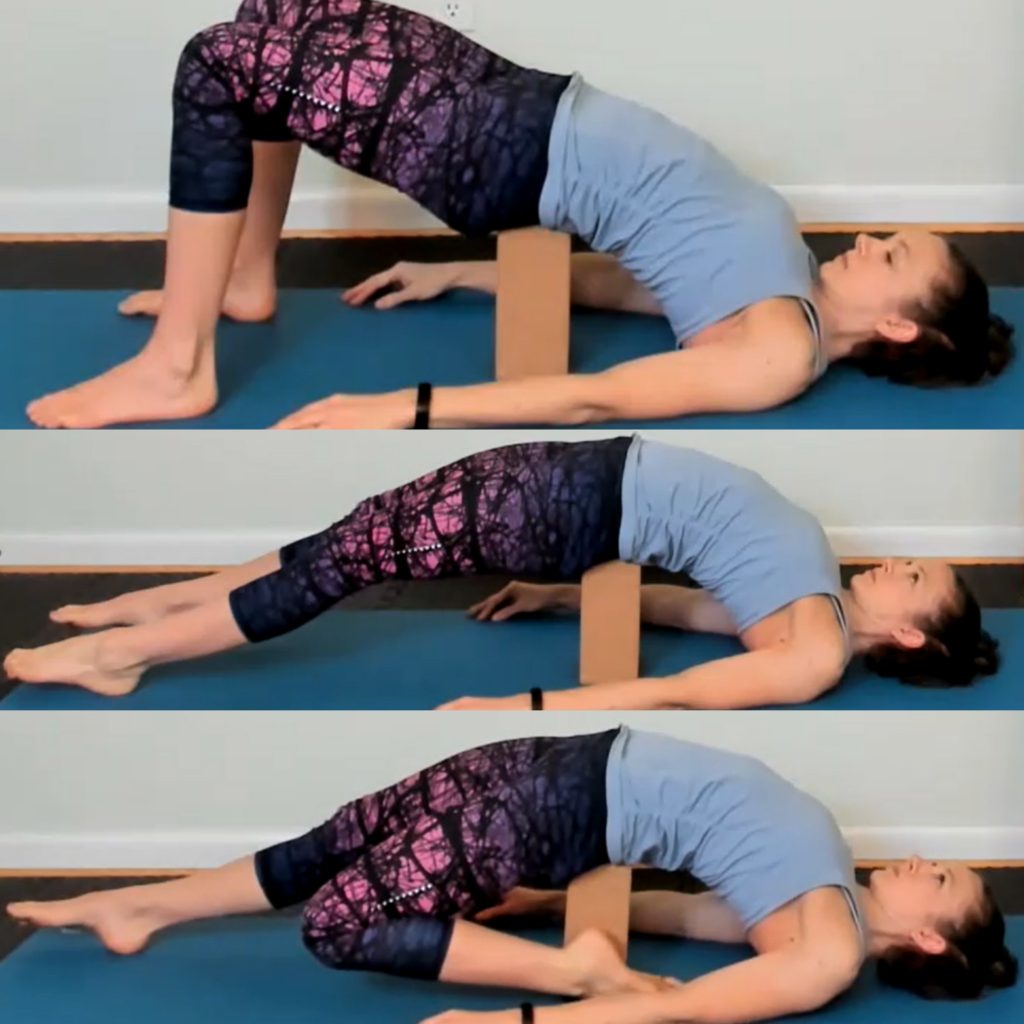

We’ve only made it through hip flexion and extension, but I think that’s enough for one day! Stay tuned for Part 3 where we will cover internal and external rotation, abduction and adduction, AND talk more about what a “hip opener” really is. We might even get a little philosophical and consider whether or not we “store emotions” in our hips…..
